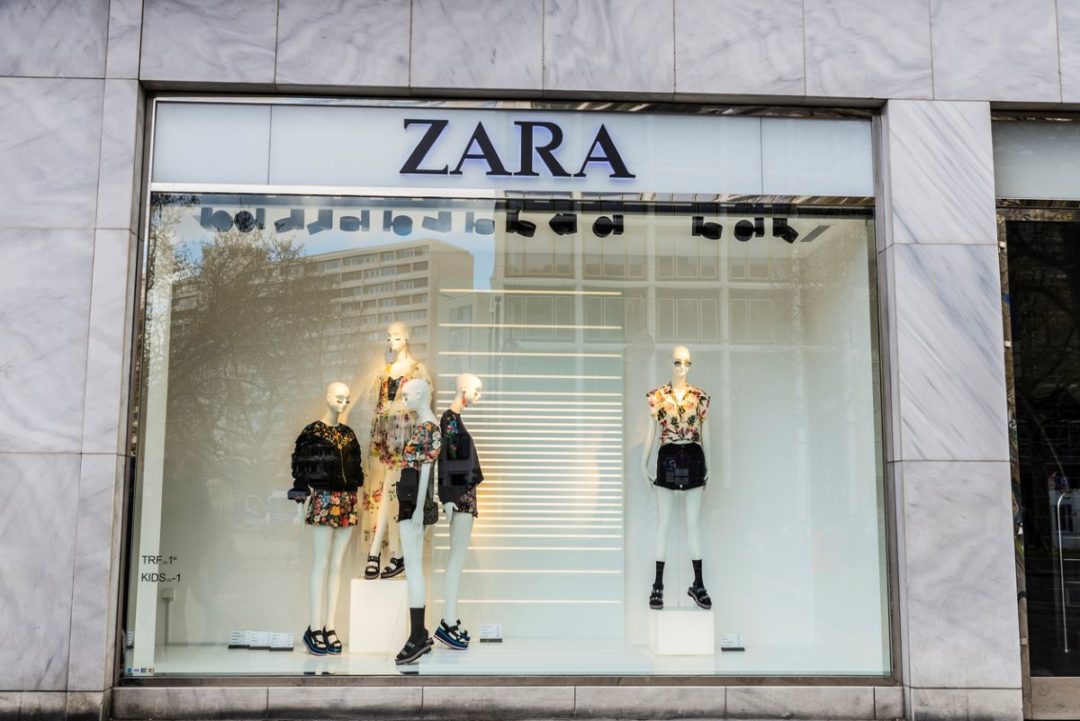
Return-happy consumers may be getting coal in their stocking this year, if recent moves by large retailers away from free returns are any indication. With economic trends shifting and consumer spending dwindling in response, companies like Zara, H&M, and even Amazon are increasingly looking to save costs by refashioning their return policies.
Even worse, many sellers of larger goods, like furniture, are nixing the option to return altogether, instead giving consumers a refund and leaving them with the job of discarding the item.
Despite increasing difficulty, consumers have been relying on returns to get the perfect gift this holiday season: 40% of consumers reported they’ll be returning at least one gift this year in a recent survey, while 38% explicitly say they are relying on returns as part of their shopping strategy. These striking figures indicate that retailers’ cutbacks on free returns may come at a steep cost.
The solution for retailers looking to increase profitability is not eliminating free returns, but rather fixing convoluted supply chains and collaborating with shippers to make reverse logistics more affordable.
Reverse Logistics in 2023 = Expensive for Retailers
Despite retailers’ begrudging admissions that free returns can increase business and strengthen consumer loyalty, there are still 817 billion reasons to avoid offering it. In 2022, U.S. companies spent that amount in dollars to process returns, with e-commerce contributing a quarter of that total. Although returns are partially expensive in nature (an item can be received in a different condition than when mailed, returned merchandise has to be stored and restocked, etc.), the current cost of reverse logistics is still exorbitantly high.
One of the biggest factors is that the current supply chain is only efficient in one direction, and problems start when attempting to move goods backwards. Companies have invested billions into streamlining the outbound shipping process for purchased goods, with Amazon’s fulfillment centers epitomizing this pursuit. Similar items can be stored together and easily shipped to their final destination, using proximity and automation to delight customers.
Returned goods are hardly as uniform. Retailers have to manually inspect each item before restocking, as many will not be returned in a condition good enough to resell. Larger goods, particularly furniture, are nearly impossible to restock after assembly, with a recent survey showing 68% of returned large items fail to recover at least 50% of their original sale price. Moreover, 81% of logistics experts noted returned oversized items go to a warehouse or storage facility when they are picked up from a consumer or business location, which can contribute to reverse logistics costs significantly. No return is the same as another, and as shipping experts know, inconsistency equals expense.
Reverse Logistics in 2023 = Beloved by Consumers
In an interesting parallel to retailers’ reverse logistics plight, consumers have never been more enamored with the practice. In fact, a third of Americans plan to only shop at retailers who offer free returns. These expectations, sourced in part from companies like Zappos or Warby Parker (who assume customers will buy in multiple sizes or styles and return any that don’t work), are increasingly set in stone.
Interestingly, consumers are partially accustomed to free returns for the same reason retailers’ experience supply chain woes: the pandemic. With in-store experiences curtailed, retailers implemented more lax policies for online purchases, in order to accommodate consumers who could only try items on at home. Now, they are now finding these policies increasingly hard to roll back.
Consumers like returns enough that they are even willing to pay more for the privilege, or shop at a different retailer with more favorable policies. However, these cost increases are not enough to offset the loss of profit on the retail side. Unless the supply chain dynamics that make returns so expensive are resolved, both consumers and retailers will lose in the long run.
AI-Driven Improvements on the Way?
One of the biggest reasons reverse logistics is currently so expensive for retailers is that very little of the process can be automated. This is what differentiates the cost of normal shipping from returns, and should be the first priority for supply chain experts analyzing how to solve retailers’ return woes.
The next three to five years are primed for an explosion of AI-driven automation, with companies at the forefront promised massive returns from increased retail partnerships. These technologies would encompass everything from fleet scheduling for the pick-up of returns, to algorithms capable of analyzing an item’s suitability to be resold. The potential of AI is sizable, and even extends to the purchasing process itself. The next few years could bring an AI which scans for frequently returned goods (or chronic returners) and takes remedial steps proactively. With this level of automation, the substantial economic costs of returns could begin to decrease.
However, retailers have already begun taking steps to streamline and save on the returns process in the meantime, with partnerships rather than technology driving these savings. Now, customers can return some merchandise to a common location, like Kohl’s or Whole Foods for Amazon goods. This small step eliminates a stop for returned merchandise, saving retailers money in the process.
As we move beyond this holiday season, it is clear that automation and innovation in the reverse logistics space are key to both meeting consumer expectations and protecting retailers’ bottom lines.
Heather Hoover-Salomon is chief executive officer of uShip.







